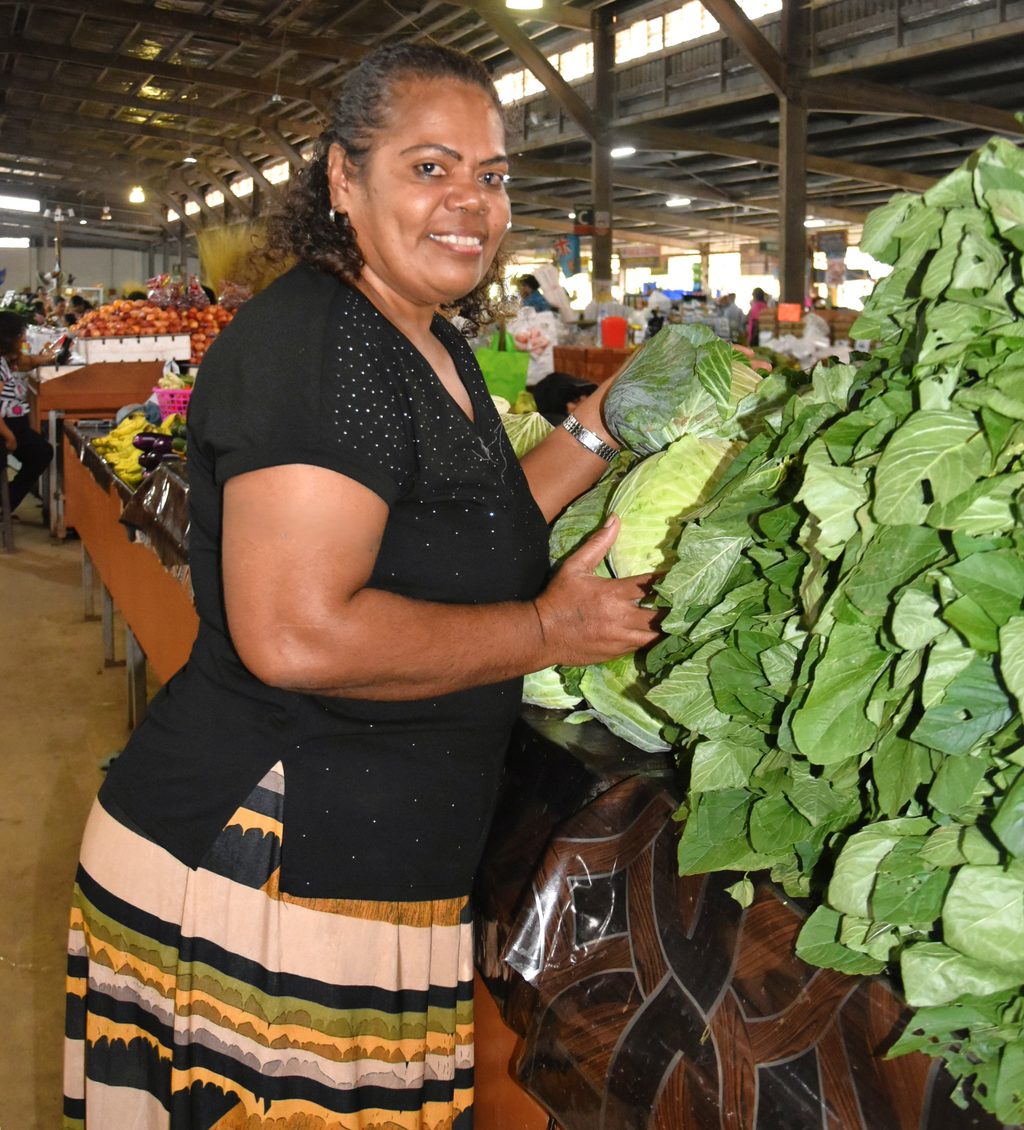Frosty, dry mornings are impacting veggie patches. Photo: Wynlan House.
The recent spell of very cold weather has certainly given the vegetable patch a wallop. Growth has slowed under the onslaught of these frosty, dry mornings and herbs such as parsley, sage and oregano have died back.
April and May plantings under frost protection fabric are growing well. With the low temperatures through June and regular frosts, we have opted for a double layer of frost cloth. This is keeping the June plantings warm and happy.
We learned this trick during the very cold winters of the 2015 to 2019 drought where -7 degrees Celsius was a frequent occurrence around Braidwood and Canberra. The double layer of fabric is incredibly effective at protecting young vegetables and seedlings in particular.
Seedling planting can continue right through July with such a system in place. In fact, plantings of seedlings such as radicchio, endive, beetroot, leeks, winter lettuces of the open headed variety, including butter lettuce and mignonette, brassicas and Asian greens except for wombok will all grow well, although slowly, when protected from the heavy frosts of winter.

You can still harvest in winter. Photo: Wynlan House.
Winter harvesting when the days are sunny and clear is a particular pleasure. Harvesting the last of the vegetables and herbs maturing from February and March plantings such as wombok, Florence fennel and cabbage has made for very tasty and refreshing salads especially when a finely chopped Asian green such as choi joi or choy sum is added.
Harvesting a few potatoes for a warm potato salad is also a bonus. Potatoes can be left in place in the garden until late winter to early spring when they will start to grow again.
In the meantime if they remain in their beds over winter and you can spare the space, you can harvest as needed. Just make sure they remain well buried. Sometimes frost can push tubers to the surface and expose them to light where they will go green and inedible.
Checking the depth of bed-stored potatoes is particularly important if you have used a lot of mulch (straw or hay) to hill them. The brown matter makes it easier for the tubers to rise a little during the frost season so keep an eye on your spuds to make sure they stay well buried.
July is also known as a month devoted to making sure you are going to get lots of strawberries next spring or summer. This work can be left until August, but other urgent gardening jobs always seem to demand attention then.
So what needs to be done? First up, if you have plants from last year give them a good prune, remove dead leaves and cut runners off from the main plants. This will increase yield, otherwise the plant will put most of its energy into the runners instead of the fruit.
Pruning and cutting off runners is a job that can be a bit tedious and time consuming. However, it will make your plants more productive in the next season so it can be worth it.
For those planting strawberries for the first time the maintenance effort required makes it mandatory to ensure you start with a well-flavoured, prolific variety suitable to your climate. There are hundreds of different strawberry varieties to choose from. Variety development is mostly driven by commercial interests. However, these new and improved varieties are eventually put on the market for use by home gardeners.

Now’s the time to tidy up your strawberry plants. Photo: Wynlan House.
In a cold climate such as ours, it is best to look for varieties that are termed day neutral. These varieties can produce fruit from late spring, throughout summer and into autumn and have been specifically developed for cooler climates.
The variety Alinta is known for its large sweet fruit and doesn’t mind the cooler temperate climates. The Lowana variety crops strongly, fruiting from spring to autumn but is better for warm temperate climates. Heading to a well-stocked local nursery to see what varieties are available or looking online are both likely to help you get hold of bare rooted crowns for planting.
If you are happy with your current variety you can always dig and replant runners. Either way you will need to replace your plants every three years or so as the plants lose vigour and yields decline by then.
Whether planting new or rejuvenating existing plants you will need to create the conditions in the strawberry patch conducive to producing the largest, juiciest fruit possible.
About 25 plants is considered enough for a small family. You can make this up using a mix of pots or beds.
If your strawberry bed is much larger, consider shrinking it to reduce the labour needed for maintenance. Make sure the soil is well drained, rich in compost or animal manure by top dressing new or existing beds. They are best planted in a slightly raised bed or mound leaving at least 20 cm between plants. This will give them space to grow and good air flow.
Mulch the bed well in between plants with sugar cane mulch or similar to prevent fungal diseases and reduce weed invasion. Strawberries need regular feeding with compost teas or Seasol. Drip irrigation is the best way to water to avoid wetting leaves and fruit. Enjoy a bumper crop!






